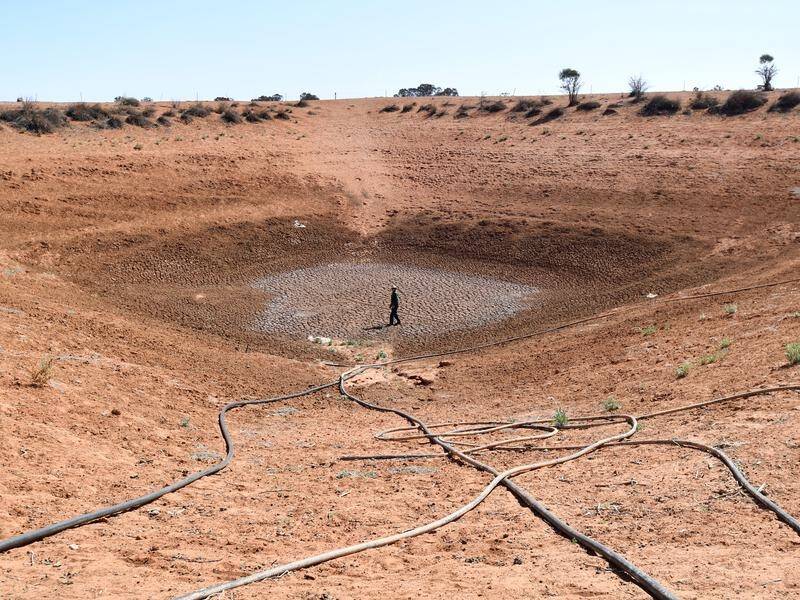
The crippling drought scorching farmland across eastern Australia has failed to sap the overall value of the nation's agriculture sector.
Subscribe now for unlimited access.
$0/
(min cost $0)
or signup to continue reading
The big dry has been offset by strong production in Western Australia, high livestock and rising grain prices, and a lower Australian dollar, according to the federal agriculture forecaster.
ABARES' latest quarterly commodities report has forecasted the total value of farm production to remain relatively steady at $60 billion this financial year, well above the 10-year average of $55 billion.
Large swathes of Queensland and all of NSW are contending with drought conditions, which has contributed to a 12 per cent fall in winter crop production nationally.
ABARES executive director Steve Hatfield-Dodds said the lower volume was expected to be offset by higher prices for canola, coarse grains, cotton and wheat.
"A favourable exchange rate will result in a much smaller decline in the value of production, and help maintain returns to Australian exporters," Dr Hatfield-Dodds said.
"A warmer winter has supported the production of a range of fruits and vegetables, and sugar and wine grape production have not been significantly affected by the drought.”
Read also:
Drought-stricken farmers de-stocking in the face of scarce pasture and rising feed costs are expected to push meat production higher.
While increased meat supply typically leads to lower prices, relatively high world prices for meat are providing some support to cattle farmers.
But Dr Hatfield-Dodds said cattle prices are expected to fall by about nine per cent from the historically high levels of recent years.
He said despite the higher value of production, export earnings were forecast to decline by five per cent from $49 billion to $45 billion.
"However these declines will be offset by a rise in export earnings for lamb, mutton, rice, cotton and cheese, due to strong global demand resulting from an increase in global economic growth," Dr Hatfield-Dodds said.
Australian Associated Press

